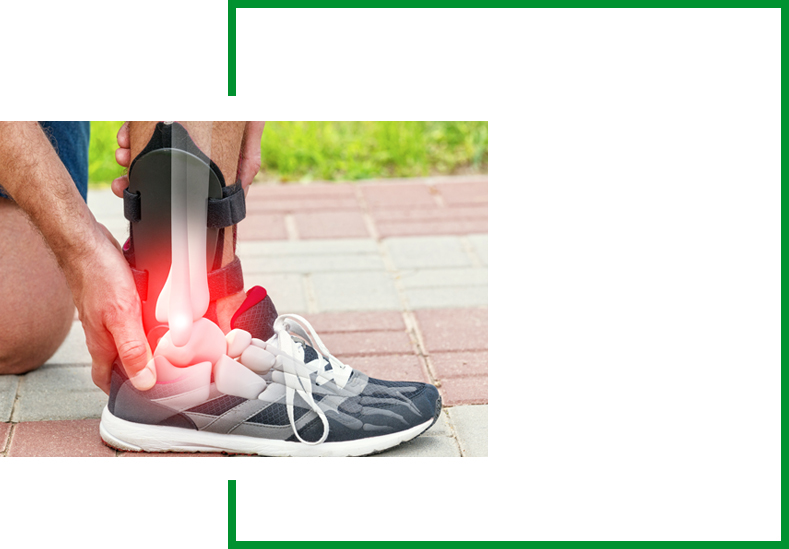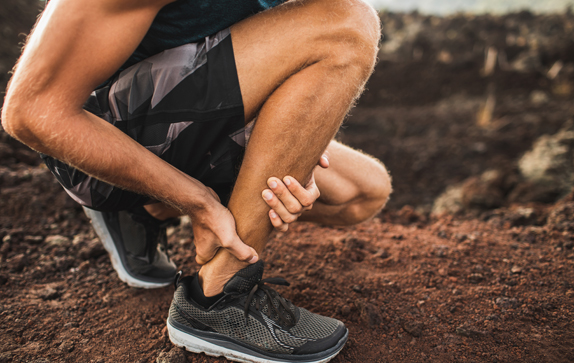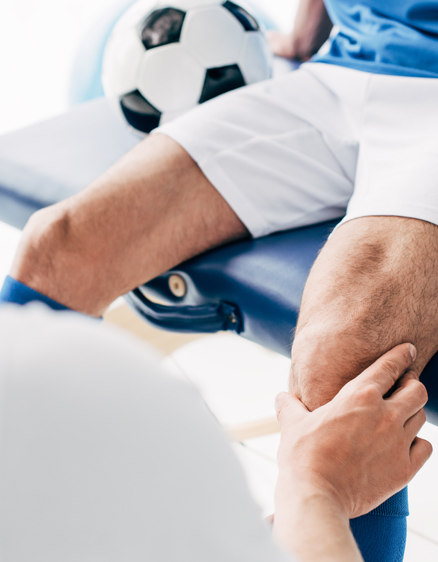SPORTS MEDICINE
PLATELET-RICH PLASMA FOR SPORTS MEDICINE
Incurring an injury is the least-wanted scenario an athlete wants to find himself or herself in. But if that happens, PRP technologies can lend a hand.
PRP (or platelet-rich plasma) therapy has been utilized for more than 20 years. This autologous extract can ultimately be very beneficial for athletes, as your platelets can be converted into a treatment therapy. It is a perfectly safe and effective method of reducing pain and promoting healing.
A 2021 study1 finds PRP to be an extremely effective and minimally invasive procedure in providing relief from sports injuries. The high number of platelets in the PRP (i.e., about 1,000,000/mL as compared to 200,000/mL in whole blood) concentrates the platelets and the chemical signals they produce to enhance healing.
The activated platelets2 release growth factors and cytokines that help alleviate the symptoms and repair the wounds. The positive impacts of the therapy are many, but the best response can be seen in the many sports injuries, such as:


TENDONITIS
Microscopic tearing and inflammation of tendons can take you out of an important game or activity. A PRP injection can lower the odds of this being true.
CHRONIC ACHILLES TENDONITIS
The Achilles tendon plays the crucial role of connecting the calf to the heel. Runners and football players all are at greater risk of succumbing to Achilles tendonitis.
A study3 shows that long-term usage of PRP can alleviate symptoms in chronic Achilles tendonitis.
PATELLAR TENDONITIS (KNEE)
Players suffering from patellar tendonitis can benefit from the safe and promising therapy of PRP. In an attempt to find its role in tendon-related injuries, researchers4 found that injecting PRP in the Knee is a beneficial step in the management of patellar tendonitis.
Administration of the cytokine and growth factor-rich plasma leads to evident improvements5 in the patellar tendon (post injury) that can be seen on an MRI. The alleviation of pain and inflammation is also noteworthy.
TENNIS ELBOW
Giving a PRP injection for lateral elbow tendinopathy (or tennis elbow) can lead to alleviation of pain and relief from symptoms. Studies6 validate the use of PRP in accelerating the healing of tennis elbow.
Muscle Injuries
Research7 suggests that the use of autologous conditioned serum and PRP can accelerate muscle recovery in cases of muscle injuries.
Rotator Cuff Injuries
Athletes facing small-to-moderate rotator cuff tears can take advantage of PRP therapy, as it can quicken the tendon-to-bone healing process.8
A prospective study9 also revealed that platelet-rich plasma is efficacious in providing pain relief to rotator cuff injury patients.

Benefits of PRP Therapy
- Is Proven to Effectively Heal and Reduce Inflammation
- Serves as a Minimally Invasive and Simple Procedure
- Helps Heal Severe Sports Injuries
Take Action Today
There are so many potential applications where PRP therapy can help with sports injuries affecting joints, tendons, ligaments, muscles, and other soft tissues of the body.
Reach out to your health care professional today to discuss how the PRP Concepts, Inc., technology can help get you back in the game quickly.

Sources
- https://link.springer.com/article/10.1007/s43465-020-00349-3
- https://www.ncbi.nlm.nih.gov/pmc/articles/PMC3565
- https://www.sciencedirect.com/science/article/pii/S1268773114001507
- https://link.springer.com/article/10.1007/s00167-016-4261-4
- https://journals.sagepub.com/doi/abs/10.1177/0363546512441344
- https://link.springer.com/article/10.1007/s00167-016-4261-4
- https://journals.plos.org/plosone/article?id=10.1371/journal.pone.0090538
- https://www.sciencedirect.com/science/article/abs/pii/S1058274615004164
- https://www.sciencedirect.com/science/article/abs/pii/S1058274611000838
